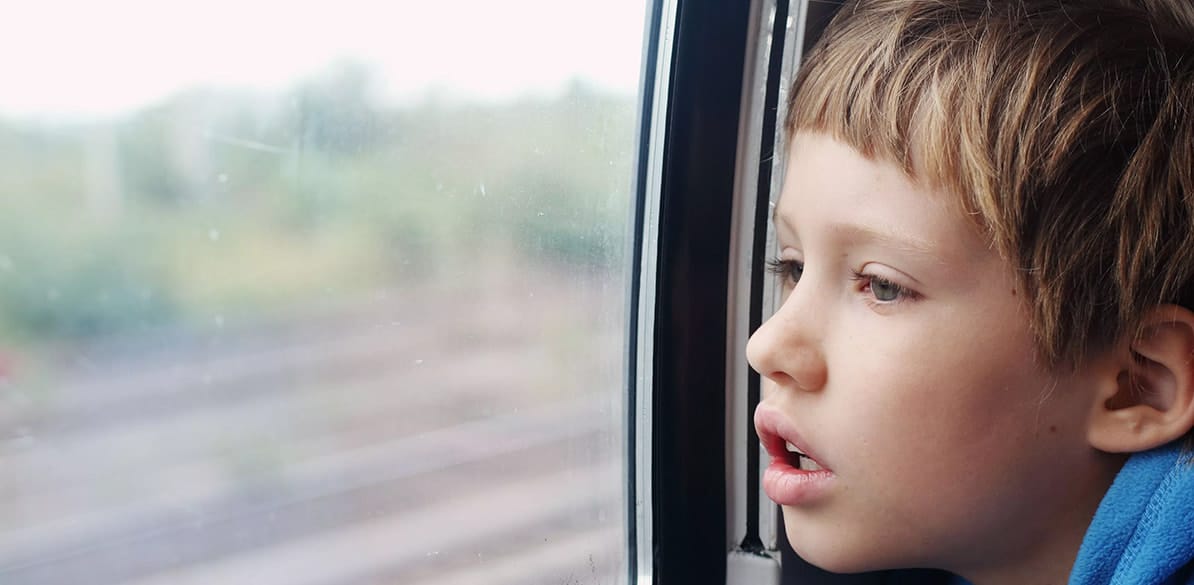Travelling by car with children with autism

Going on a trip is often a positive moment for families, even if the preparations and journey can be stressful.
Children tend to have more limited patience than adults and when they get bored on a journey they often become irritable making it hard to put up with them.
When children have a Pervasive Developmental Disorder (PDD), we must take into account certain peculiarities that lead to a higher level of stress and, thus, anticipate problems that may arise in order to make the adventure of travelling as pleasant as possible.
There are many degrees of severity within the PDD spectrum and each child is different. However, here are some general guidelines for them, aiming to make the car journey a pleasant and happy time.
First and foremost, safety must be ensured with the use of a suitable restraint system, and if possible one that cannot be easily manipulated and opened.
For the first few journeys, it is good to have an adult travelling with them in the back, so that if an emotional crisis arises they can help the child at that particular moment, without having to stop the car, which is always a dangerous situation.
Anticipating the journey is particularly relevant. They don’t like surprises, so knowing days in advance that they will be going out and what the travel plan will be helps them to be better prepared to deal with it. Depending on the child and his or her cognitive capacity, you should use one system or another to explain it to the child (for example, by using pictograms or by telling him or her several days in a row).
It is essential NOT TO BE IN A RUSH TO ARRIVE. You may have to stop more than once along the way, or some stops may be longer, but what matters is to reach the destination and to make the journey as stress-free as possible for everyone.
Once in the car, you can repeat the travel plan verbally or, where necessary, using a story with pictograms, which should be visible to the child at all times.
Although it is common nowadays for children to travel by car frequently, if in your case the child has not been exposed much to the car, it is good to make short journeys gradually and well in advance of the trip. This way you can prevent the novel situation from increasing the child’s anxiety.
Another factor to take into account is that children with autism tend to have greater difficulties self-regulating their emotional state. For this reason, it is good to use some external stimulus that can calm the child when the situation is unpleasant to him or her (a key ring, an anti-stress ball, a cuddly toy…) and which you can use if necessary.
For older children, you can include in the luggage some activities that will entertain them (drawings or games) and that they can use during the journey.
Finally, in order to create a pleasant atmosphere, both in the car and at other times of the day, it is good for children to associate certain types of music with relaxation, as this also helps them to self-regulate their emotional states. It does not need to be a specific type of music, but the kind of music that pleases him or her and that produces a positive affective tone.
By following these suggestions, you can make the trip more comfortable and enjoyable for everyone and the child’s predisposition to repeat the experience will be positive.
Paloma Méndez de Miguel
Psychologist at Hospital Quirónsalud San José
